Understanding employee departure cues
In today's competitive job market, retaining top talent has never been more critical for businesses. The signs of an employee's departure are not always loud and clear; often, they manifest as subtle cues that you need to be attuned to. Recognising these silent cues can give you a crucial edge in retaining valuable team members and fostering a more positive workplace culture.

It's essential for employers and managers to understand that employees don't usually decide to leave their jobs overnight. Instead, they go through a process, during which they may give off silent cues that signal their intentions. These cues can be challenging to detect if you're not actively looking for them. Here are some of the most common cues of departure.
1. Decreased engagement
One of the most noticeable cues is a decline in an employee's engagement and enthusiasm for their work. They might start missing deadlines, attending fewer meetings, or contributing less to group discussions. This dip in productivity can be a strong indicator that something is amiss.
2. Increased disengagement from company culture
When employees begin to feel disconnected from your company's culture, it's a silent cue that they might be looking for greener pastures. This could manifest in their disinterest in company events, decreased participation in social activities or less interaction with their colleagues.
3. Reduced communication
Effective communication is a cornerstone of any successful organisation. When an employee starts to communicate less, especially with their supervisors or managers, it may indicate that they're considering a departure. Pay attention to changes in their communication patterns, such as fewer updates on projects or a decrease in seeking feedback.
4. Frequent unexplained absences
Excessive and unexplained absences can be a strong indicator of an employee's waning commitment. If they start taking more sick days or personal days without prior notice, it might be time to initiate a conversation about their job satisfaction.
5. Job hunting behaviour
Subtle job hunting behaviour is one of the most evident cues. This includes discreetly updating their LinkedIn profile, attending job fairs or industry events or taking personal calls during work hours related to potential job opportunities. When you notice such activities, it's time to address their concerns and try to understand their motivations.
6. Decreased initiative
An employee who has lost interest in their job may stop taking the initiative or showing enthusiasm in their tasks. They might become more passive, only completing the minimum requirements, which can negatively impact the team's overall performance.
“Recognising the silent cues of employee departure is not just about retaining talent; it's about creating a workplace where employees feel valued and heard”.
Responding to silent departure cues
Recognising these cues is only the first step. Once you've identified potential signs of departure, it's crucial to respond proactively. Start by having open and honest conversations with your employees to understand their concerns and motivations. It's possible that addressing these issues can lead to a more satisfied and committed team member.
In some cases, you might not be able to prevent an employee from leaving, and that's okay. However, by being attentive to these silent cues, you can create a culture where employees feel valued and heard. This will enhance your ability to attract and retain top talent in the long run.
Understanding the silent cues of employee departure is crucial for maintaining a motivated and dedicated workforce. By actively looking for these signs and responding appropriately, you can retain your top talent, improve your workplace culture and ensure your organisation's long-term success.
 CA-EN
CA-EN UK
UK AU
AU US
US NZ
NZ PH
PH ZA
ZA SG
SG HK
HK






